The Game-Changing Potential of Gamification in E-Learning
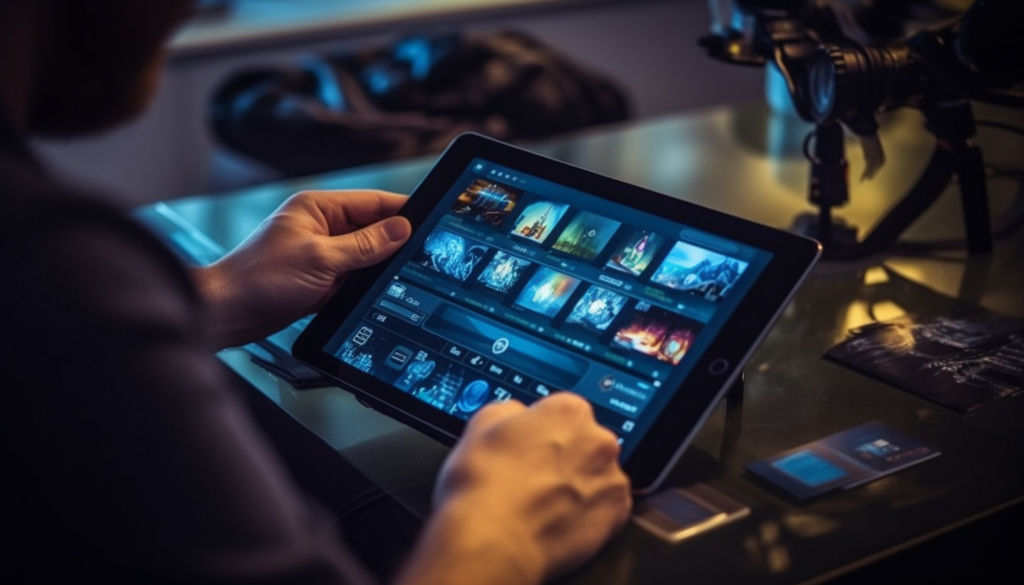
E-learning has dramatically expanded access to education and training by making instruction available online anytime, anywhere. However, learner motivation and participation present persistent challenges in digital learning environments. This is where gamification comes in – using game design elements in non-game contexts to drive user engagement and modify behaviors. With its proven ability to make learning fun, rewarding, and addictive, gamification is gaining immense traction in e-learning across academic institutions and corporate training programs. This powerful technique leverages our innate human desires for competition, achievement, and recognition to lower drop-out rates, boost participation, and skyrocket knowledge retention in online training.
By introducing elements like points, levels, challenges, avatars, leaderboards, and rewards, gamification taps into the human psyche and competitive spirit to motivate learners intrinsically. As e-learning becomes ubiquitous, leveraging gamification thoughtfully will be vital to maximizing learner success. This article explores gamification’s psychology, statistics, and real-world potential to transform digital education outcomes.
What Drives Gamification's Powerful Appeal?
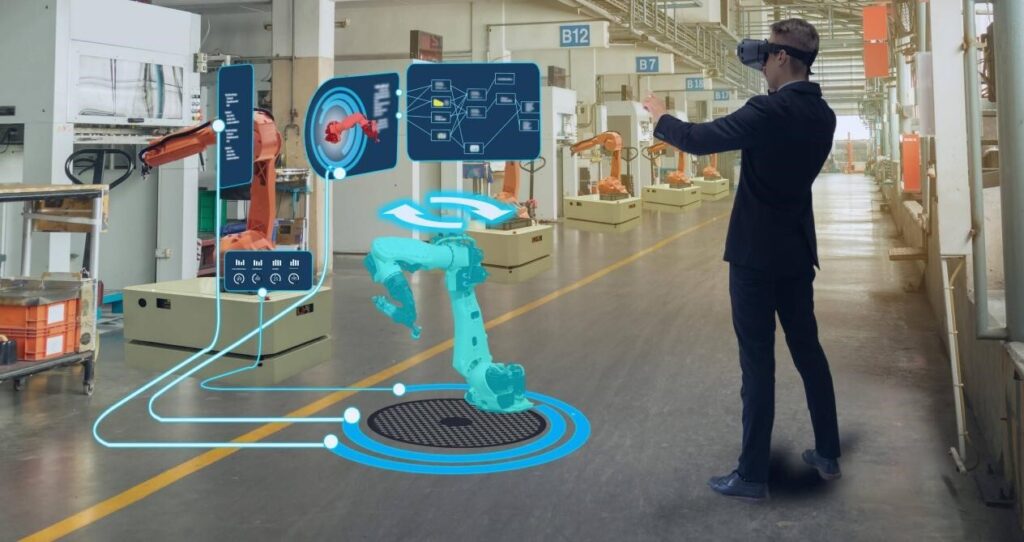
Gamification techniques leverage the key motivational drives identified by Self-Determination Theory – the human need for competence, autonomy, and social relatedness. Game elements satisfy these needs creatively in e-learning contexts. Tracking points and progress indicators allow learners to recognize mastery and competence visibly. Making choices on quests or paths gives a sense of autonomy. Leaderboards and social rewards enable peer awareness and collaboration.
Game components also trigger the release of dopamine – the “motivation molecule” in the brain associated with desire and pleasure. Gamification creates a variable interval reinforcement schedule, where rewards are unpredictable. This maintains anticipation and interest over time.
By incentivizing repeated knowledge application through scenario practice and simulations, gamification makes honing skills intrinsically rewarding. Learners are recognized based on merit demonstrated through achievements rather than pre-defined hierarchies. This further fuels motivation and perceived autonomy. Gamification leverages human psychology to drive engagement, enjoyment, and addictiveness in e-learning.
The Powerful Statistics Speak Volumes
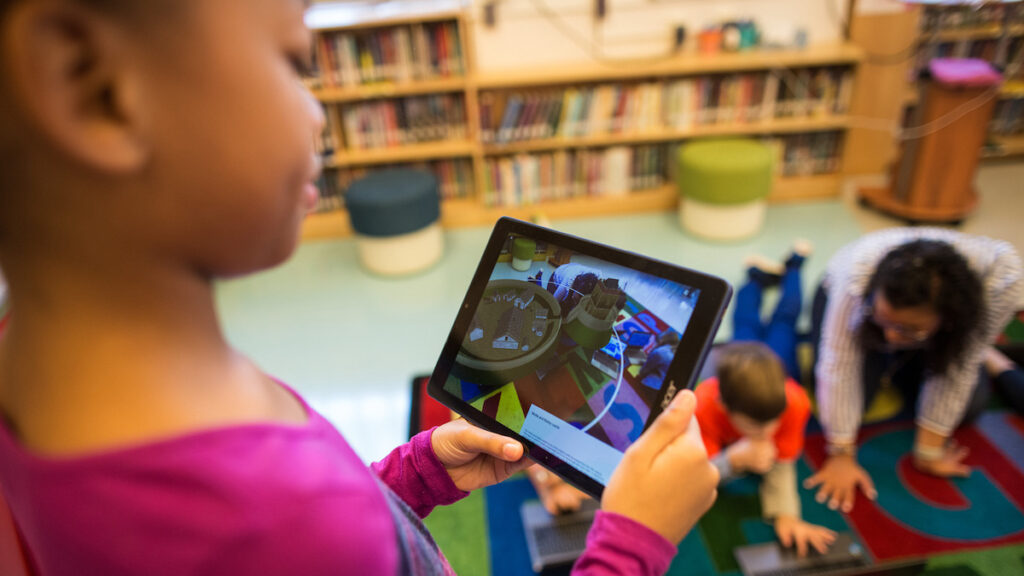
The numbers paint a compelling picture of gamification’s immense potential to move the needle on learner participation, satisfaction, and knowledge retention in digital education platforms:
- Knowledge retention rates in e-learning environments can surge by over 50% by incorporating gamification dynamics compared to traditional online learning approaches. Gamifying instruction dramatically solidifies mastery and recall.
- In a survey of business leaders across industries, 79% reported that integrating gamification techniques significantly increased employee productivity and learning outcomes in their corporate training programs.
- 93% of employees said they would feel notably more engaged at work if game elements were applied thoughtfully to their professional training content and skill-building tasks. Gamification provides intrinsic motivation.
- eLearning courses that bake in-game mechanics have documented learner motivation levels up to 89% higher compared to traditional online classes lacking gamification.
- Gamified corporate learning programs consistently lift key participant engagement metrics by nearly 7 times more than conventional e-learning methods. Game dynamics provide a secret sauce for participation.
- Thoughtful gamification has achieved up to 50% higher user activity rates for online training platforms compared to standard designs that lack game thinking.
These remarkable statistics underscore how gamification is primed to create best-in-class digital learning experiences by catering skillfully to innate human motivations and our collective affinity for games.
Gamification Best Practices and Examples

Let’s delve into some compelling examples that vividly illustrate the remarkable potential of intelligently applying gamification to enhance online learning engagement:
- Language learning app Duolingo increased new user registrations by 50% and lowered attrition by gamifying lessons with points, levels, and a simulated arcade game interface. This attracted and retained significantly more learners.
- IBM’s enterprise social learning platform allows employees to earn digital badges recognizing the mastery of skills, expertise, and training program completion. In just 3 years, over 300,000 diverse skill badges were issued, representing 170,000 verified skills.
- Accounting firm PwC tackled low pass rates by creating a scenario-based game simulation to help auditors learn complex accounting regulations interactively. Gamifying the course lifted exam pass rates from 25% to 80% for traditionally tricky concepts.
- Education gamification platform Playgen helped over 750 UK schools boost student math scores by 36% on average by making daily practice activities entertaining and rewarding. The motivation was intrinsic.
- Cisco’s cybersecurity course teaching encryption saw completion rates surge from 15% to 95% after introducing a binary game that rewarded learner persistence with badges and unlocked hidden video rewards.
These real-world examples demonstrate how intelligently applying creative gamification principles can overcome critical engagement obstacles in academic and corporate e-learning across diverse verticals.
Key Opportunities to Maximize E-Learning Outcomes

Here are the most promising ways thoughtfully designed gamification dynamics can amplify learning and lift key e-learning metrics:
- Boosted Motivation – Satisfying intrinsic needs and utilizing extrinsic rewards promotes perseverance and consistency in learners. Game rewards and recognition provide powerful behavioral nudges.
- Enhanced Practice – Scenarios, simulations, and quests framed as games encourage repeated knowledge application to build genuine mastery and muscle memory. Repetition is enjoyable.
- Instant Feedback Loops – Real-time feedback during games and challenges lets learners self-correct errors quickly. This enables iterative refinement of skills through trial and error.
- Rich Social Connections – Leaderboards, group tasks, and social rewards enable awareness and collaboration. Game techniques facilitate camaraderie and idea exchange.
- Immersive Fun Factor – Creative storylines, novelty, and fun make learning inherently enjoyable and addictive by capturing learners’ attention and imagination.
- Clear Progress Tracking – Points, achievement badges, and levels let learners gauge advancement and growth unambiguously. Unlocking milestones offers personal gratification.
Gamification creatively transforms the honing of skills from a chore to an engaging, intrinsically rewarding activity. Its multifaceted benefits have tremendous potential to move the needle on participation, enjoyment, and mastery in both academic and corporate e-learning programs.
Final Thoughts
Gamification is revolutionizing education by leveraging our psychological predisposition to enjoy gaming experiences. As e-learning becomes mainstream, effectively incorporating appropriate gamification techniques will be critical for maximizing learner recruitment, engagement, satisfaction, and success. While not a panacea, gamification has immense untapped potential to overcome persistent digital learning challenges like isolation, disengagement, and high drop-out rates. Blending gaming principles smartly with instructional content can open new dimensions for impactful online education.
At TILTLABS, we are dedicated to delivering gaming experiences that captivate, educate, and entertain. If you’re interested in discussing how TILTLABS can collaborate with you to create gaming experiences that transcend the ordinary, please feel free to reach out to us at [email protected].







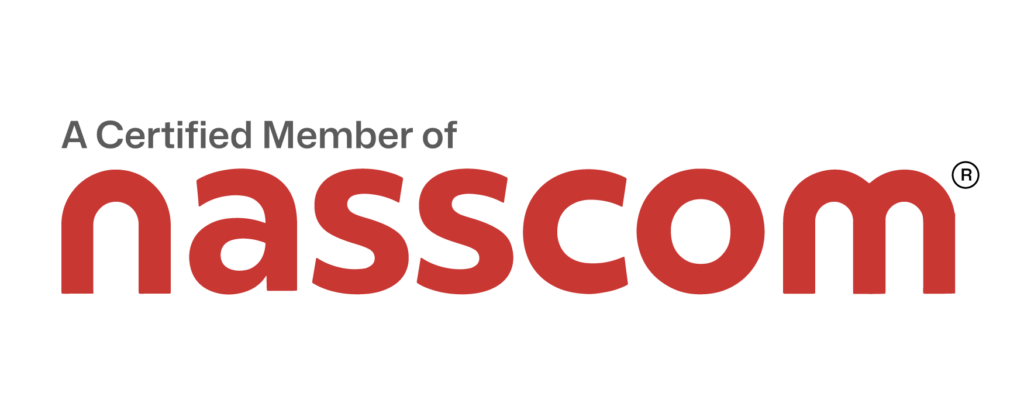
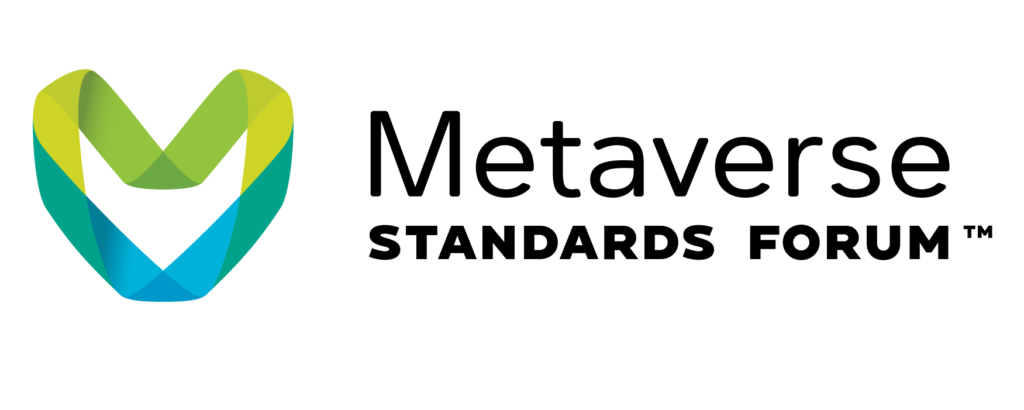


Great Info !!! thanks for making such informative blog
I found that this company is doing alot in terms of using 3d in edtech industry